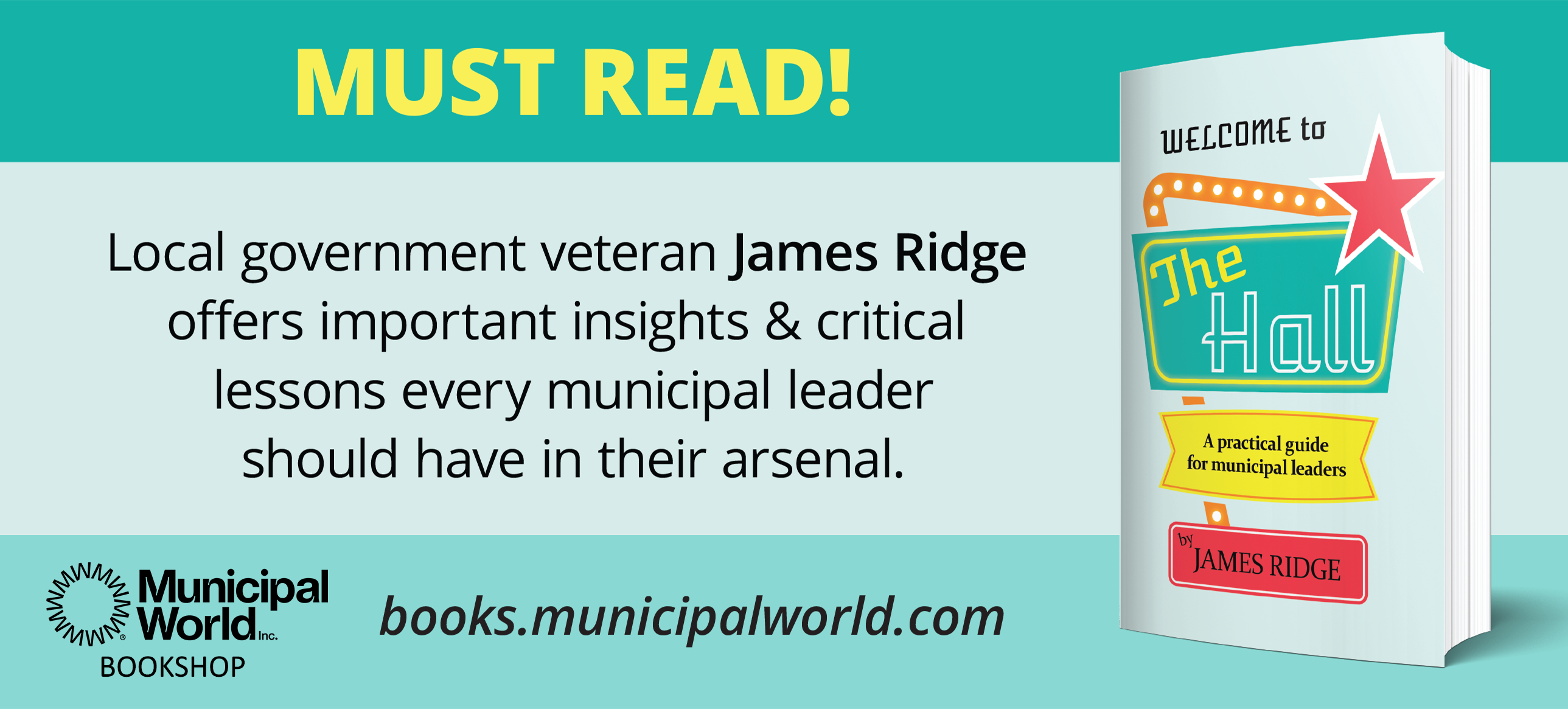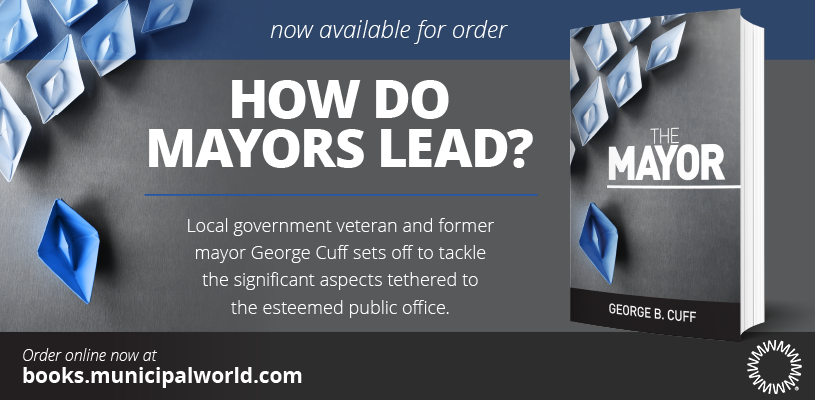How GPOs cut costs, time, and bureaucracy
 In the public sector, where resources are limited and expectations are high, strategic partnerships have become essential for managing risk, maximizing value, and improving outcomes. Photo: Kinetic GPO
In the public sector, where resources are limited and expectations are high, strategic partnerships have become essential for managing risk, maximizing value, and improving outcomes. Photo: Kinetic GPO
From supply chain shortages and rising prices to long lead times and shifting tariffs, procurement professionals today are navigating unprecedented uncertainty.
In the public sector, where resources are limited and expectations are high, strategic partnerships have become essential for managing risk, maximizing value, and improving outcomes.
Yet change is never easy. Many procurement departments still rely on outdated methods due to institutional inertia, bureaucratic red tape, or a reluctance to move away from the status quo.
Legacy policies and an overemphasis on short-term savings can often stand in the way of innovation and efficiency.
Take, for example, the traditional aversion to engaging with suppliers before or after the bid process. While this approach is meant to prevent bias, it can also severely limit an agency’s understanding of current market offerings.
Considering that the majority of procurement professionals report leveraging supplier relationships to access new technologies or services beyond their internal capabilities, this lack of engagement is increasingly problematic.
Is Your Process Holding You Back?
To evaluate whether your agency is stuck in an outdated procurement model, ask yourself:
- Is your process overly rigid or time-consuming?
- Are your bid templates current, and how often are they updated?
- Do you benchmark your practices against other public sector organizations?
- How much flexibility is built into your process?
- Do you regularly gather feedback from stakeholders?
- Are you seeing a healthy number of bids – or has participation declined?
If these questions reveal limitations in your current approach, it’s time to explore strategic procurement partnerships – particularly with a Group Purchasing Organization (GPO).
What Is a GPO? Should You Use One?
A GPO is a cooperative purchasing organization that allows public sector agencies to combine their purchasing power. This collective approach enables members to save money, reduce administrative burdens, and access top-tier suppliers – all without membership fees.
Agencies can even work with multiple GPOs, depending on their needs.
Key Benefits of Partnering with a GPO
- Efficiency and Strategic Focus
Using a GPO for purchases such as office supplies, furniture, or HVAC systems frees procurement professionals to focus on high-impact projects like infrastructure, water, and public safety. Far from reducing their role, GPOs enable procurement teams to work more strategically. - Time Savings
Traditional bid processes can take months. A GPO shortens that timeline dramatically because it has already conducted due diligence, negotiated pricing, and ensured compliance with relevant regulations. For agencies, this saves thousands of dollars in staff time and administrative costs.
Moreover, GPOs help avoid one of the biggest procurement pitfalls: receiving too few bids — or none at all. Many suppliers hesitate to participate in RFPs that can cost them thousands of dollars per submission. Since GPOs centralize the RFP process, suppliers only need to go through it once. That reduces barriers and ensures broader participation.
- Quality Assurance
GPOs vet suppliers thoroughly before awarding contracts. This ensures public agencies get access to proven, high-quality vendors – local, regional, and national – without needing to conduct individual evaluations from scratch. - Agility and Market Responsiveness
Where governments may take weeks or months to adjust to new market realities due to procedural delays, GPOs can act quickly. For instance, if tariffs force suppliers to raise prices, a GPO can update contract language and ensure legal compliance in days – avoiding costly delays. - Market Intelligence and Feedback Loops
GPOs maintain continuous communication with suppliers. They know when market conditions shift and can share that insight with members. In contrast, agencies working with outdated pricing expectations risk going to market with unrealistic budgets — only to receive no bids or bids they can’t afford.
Strategic Procurement, Strategic Thinking
When it comes to bid planning, the key word should be strategy:
- Be strategic with your time and resources.
- Be strategic in your supplier relationships.
- Be strategic in securing the best value for taxpayer dollars.
Agencies that fail to evolve risk being left behind. By partnering with a GPO, you’re not just buying smarter – you’re building a more resilient, flexible, and forward-thinking procurement process.
Contact LouAnn Birkett at lbirkett@kineticgpo.ca or Carl Macdonald at carl@kineticgpo.ca to learn more.
Carl Macdonald is the vice president of contracting and compliance for Kinetic GPO. Macdonald has more than 30 years of experience in both the public and private sectors and has served on multiple boards and continues to be a strong supporter of Supply Chain Canada.
LouAnn Birkett is the senior supply chain advisor for Kinetic GPO. Birkett has more than 30 years of experience in public sector procurement. Birkett is retired from the Region of Durham and has a vast range of experience in developing courses and teaching adults.



